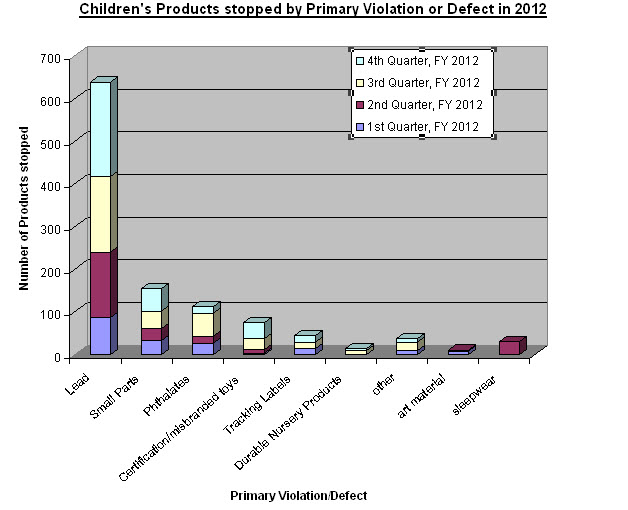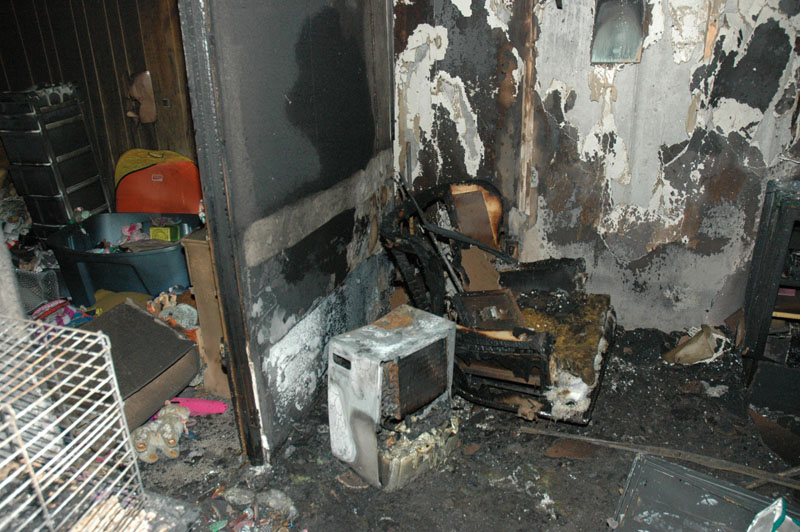Product Liability: Defective Tea Kettle leaks, doesn’t whistle and melts on your stove!
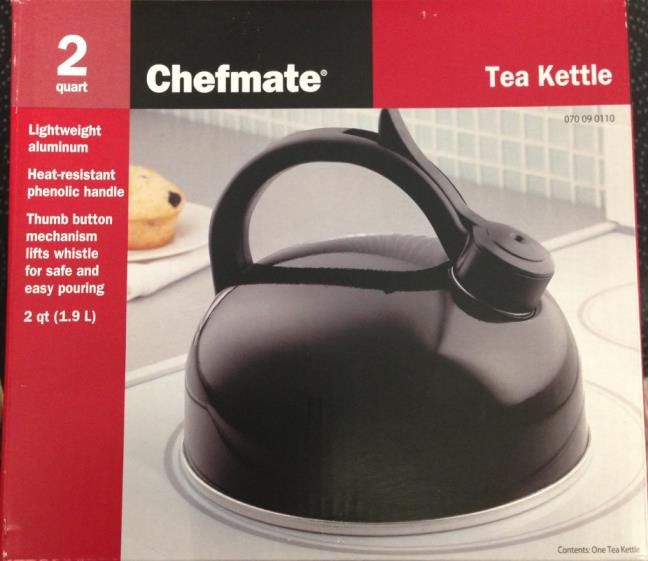 You won’t believe how many things can go wrong with this simple kettle: the spout is defective and water can spill posing a burn hazard, the steam can travel up to the handle and burn your hands. Additionally the leaking steam can prevent the kettle from whistling and if all the water evaporates the kettle may actually melt on your stove!
You won’t believe how many things can go wrong with this simple kettle: the spout is defective and water can spill posing a burn hazard, the steam can travel up to the handle and burn your hands. Additionally the leaking steam can prevent the kettle from whistling and if all the water evaporates the kettle may actually melt on your stove!
If you recently bought a Chefmate Tea Kettle at Target please stop using it immediately. This defective product has been recalled because it poses a serious burn hazard. For more info visit the Consumer Product Safety Commission website
 New York Personal Injury Attorneys Blog
New York Personal Injury Attorneys Blog


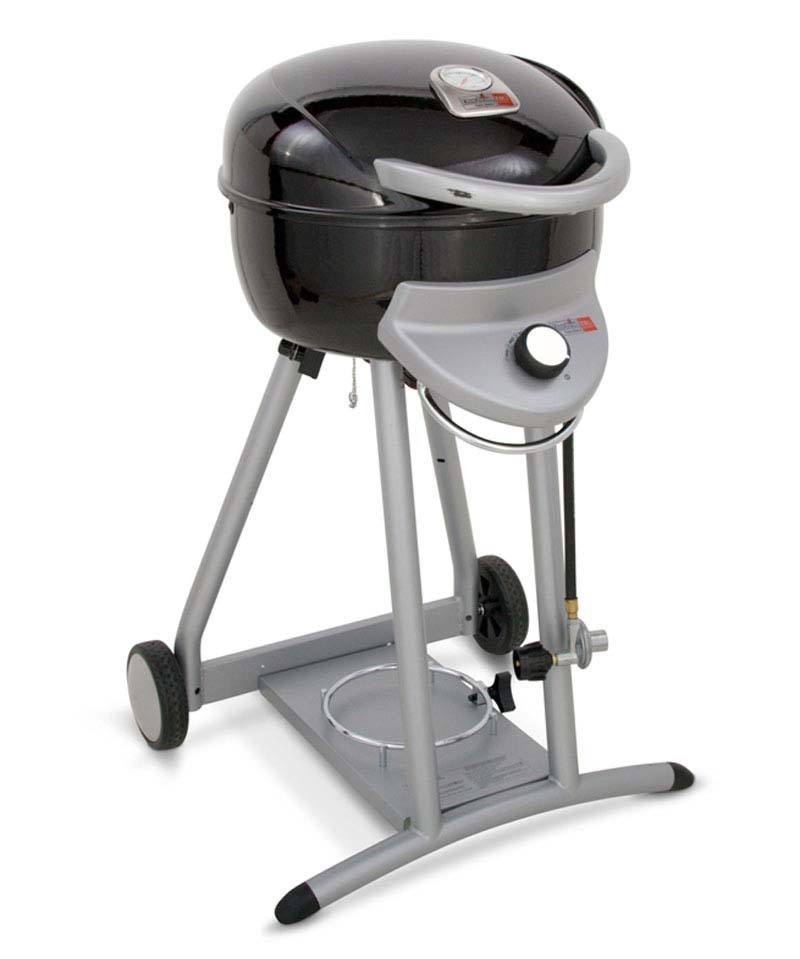
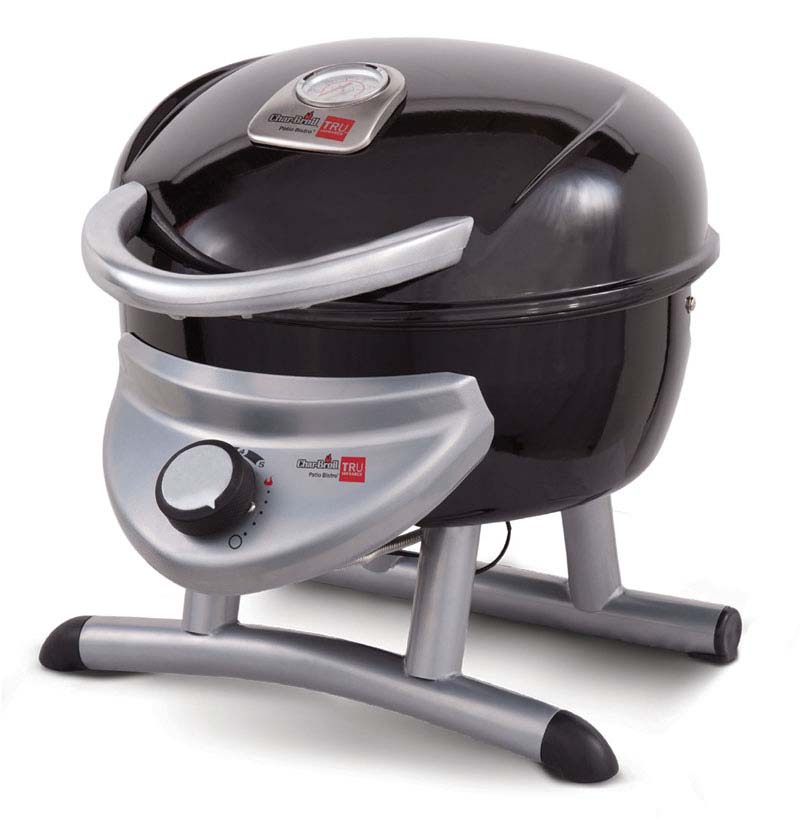
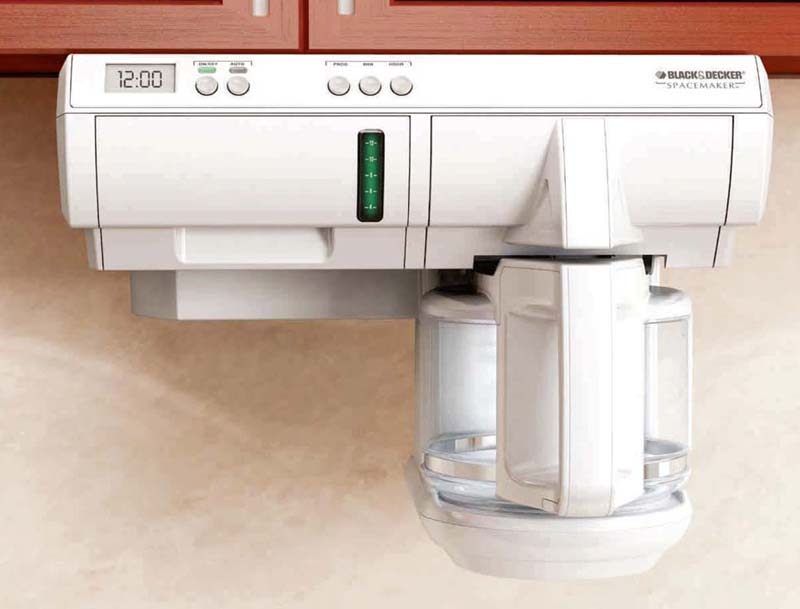
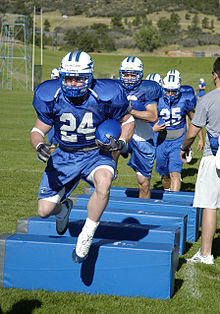 “No helmet system can protect you from serious brain and/or neck injuries including paralysis or death. To avoid these risks, do not engage in the sport of football” is the type of language that consumers will read on most warning labels when they purchase a football helmet these days.
“No helmet system can protect you from serious brain and/or neck injuries including paralysis or death. To avoid these risks, do not engage in the sport of football” is the type of language that consumers will read on most warning labels when they purchase a football helmet these days. 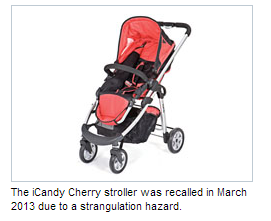 Millions of toys that contained dangerous levels of lead paint and other toxins as well as dangerous children products have been recalled since the Consumer Safety Improvement Act was signed into law 5 years ago.
Millions of toys that contained dangerous levels of lead paint and other toxins as well as dangerous children products have been recalled since the Consumer Safety Improvement Act was signed into law 5 years ago.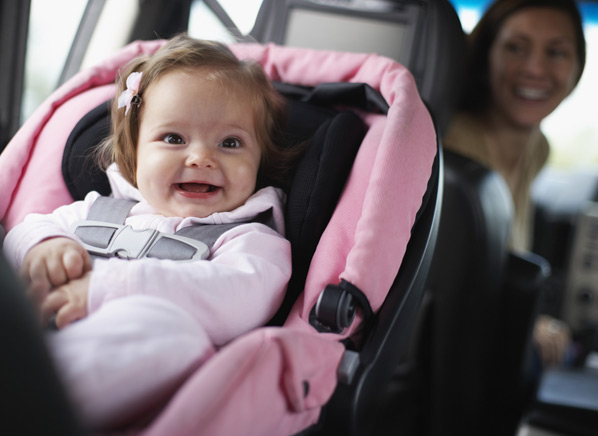 LATCH stands for “Lower Anchors and Tethers for Children”. They became mandatory in vehicles in 2002 to help parents better secure the baby seat in the car and eliminate seat belt incompatibility. Pursuant to the actual law the lower anchors are designed to support a maximum weight of 65 lbs. Most parents are not aware that this weight includes the child and the child seat. When the total weight exceeds 65 lbs the child seat must be secured with the car seatbelt.
LATCH stands for “Lower Anchors and Tethers for Children”. They became mandatory in vehicles in 2002 to help parents better secure the baby seat in the car and eliminate seat belt incompatibility. Pursuant to the actual law the lower anchors are designed to support a maximum weight of 65 lbs. Most parents are not aware that this weight includes the child and the child seat. When the total weight exceeds 65 lbs the child seat must be secured with the car seatbelt.